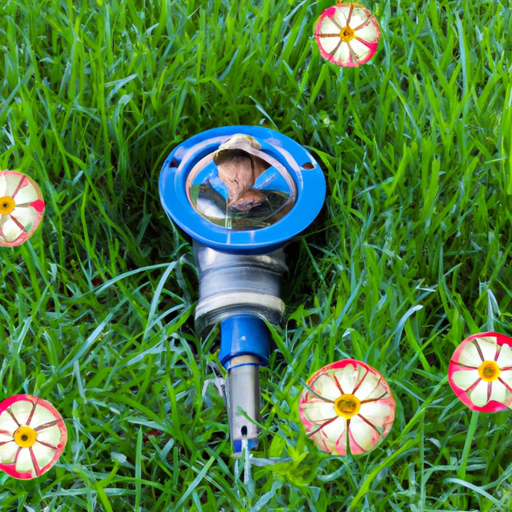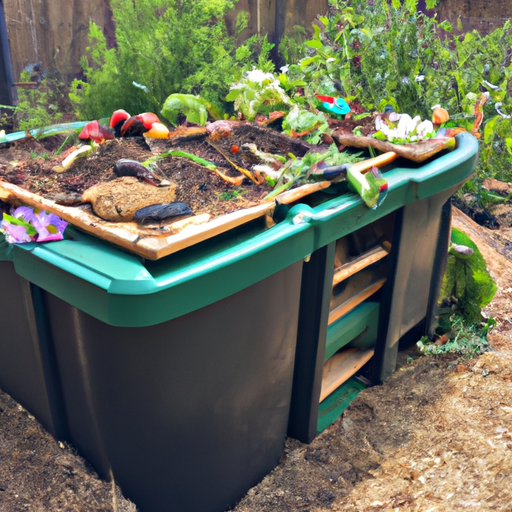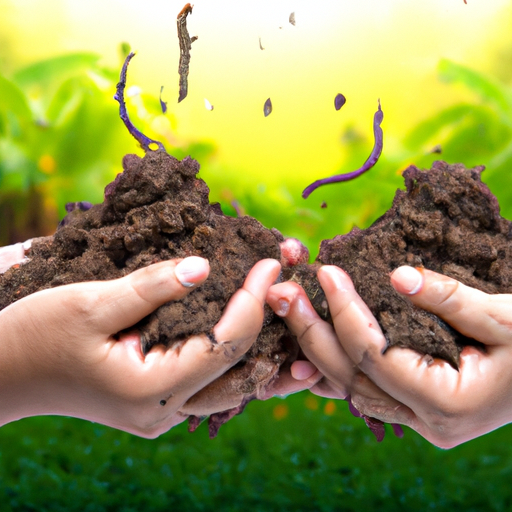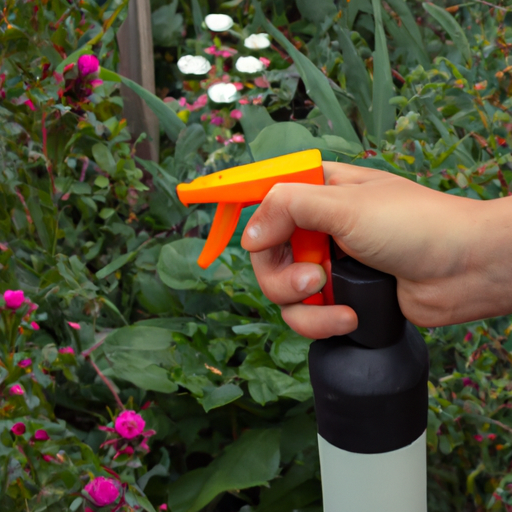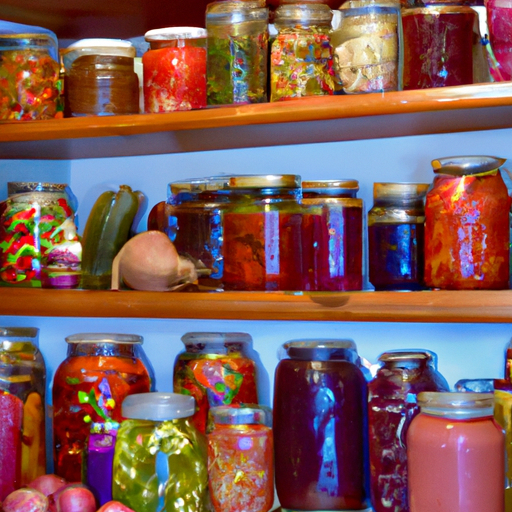As a Master Gardener, one of the most common issues I encounter among gardeners is problems with their irrigation systems. Whether it’s a faulty sprinkler head or an issue with water pressure, troubleshooting your irrigation system can seem like a daunting task. However, identifying and fixing these issues is crucial for maintaining healthy plants and conserving water.
In this article, we will cover the basics of how to troubleshoot your irrigation system. We’ll go over some common issues you may run into and provide step-by-step instructions on how to address them.
By following these tips, you’ll be able to keep your garden thriving while also ensuring that your irrigation system is running smoothly and efficiently.
Let’s get started!
Identifying Common Issues With Your Irrigation System
As a Master Gardener, it’s important to be able to identify common issues with your irrigation system.
One of the most frequent problems that homeowners encounter is diagnosing electrical issues. If you find that certain parts of your irrigation system aren’t turning on or off when they’re supposed to, then there might be an issue with the wiring or controller.
Another problem could stem from faulty valves. Valves can become damaged over time and may no longer open or close properly, which can lead to uneven watering patterns throughout your landscape.
By identifying these common issues early on, you’ll be able to troubleshoot your irrigation system more efficiently and prevent any further damage from occurring.
Checking For Leaks And Blockages
Now that we have identified common issues with your irrigation system, it’s time to move on to the next step of troubleshooting.
Checking for leaks and blockages is crucial in ensuring that your system runs efficiently. Digging tools can come in handy here as you need to inspect underground pipes and valves for any damages or obstructions. Soil composition also plays a vital role in this process as compacted soil around pipes may cause leaks due to increased pressure.
It’s important to keep an eye out for signs of water pooling or damp spots which could indicate a leak. Additionally, installing rain sensors and adjusting settings according to weather patterns can help prevent overwatering and ultimately save water consumption.
By taking these steps, you’ll be able to get your irrigation system back up and running smoothly without wasting precious resources.
Adjusting Sprinkler Heads And Water Pressure
Now that you have identified and fixed any leaks or clogs in your irrigation system, it’s time to adjust the sprinkler heads and water pressure.
First, check the spray patterns of each head to make sure they are hitting the intended areas. If not, use a screwdriver or pliers to adjust the direction of the nozzle. You may also need to replace broken nozzles if they cannot be adjusted properly.
Next, test the water pressure by turning on one zone at a time and observing how far the water is spraying. Ideally, it should reach all areas without causing runoff or overspray onto sidewalks or driveways. If necessary, adjust the flow control valve or install a pressure regulator to maintain consistent water pressure throughout your system.
Remember to regularly inspect and maintain your irrigation system for optimal performance and efficiency. By following these simple steps, you can ensure that your plants receive adequate hydration while avoiding wasted water and costly repairs down the line.
Upgrading Your System For Better Efficiency
Now that you have a basic understanding of how to troubleshoot your irrigation system, it’s time to consider upgrading to smart irrigation technology for better efficiency.
These advanced systems use weather data and soil moisture sensors to adjust watering schedules based on actual plant needs, resulting in significant water savings over traditional timers or manual watering methods.
Additionally, implementing water conservation strategies like drip irrigation and mulching can further reduce water usage while improving the health and vitality of your plants.
By taking advantage of these modern tools and techniques, you can enjoy a lush and thriving landscape while minimizing waste and protecting our precious natural resources.
Regular Maintenance And Prevention Techniques
Ah, the joys of maintaining a healthy garden.
As a Master Gardener, I know that regular maintenance is key to ensuring your irrigation system runs smoothly all season long.
Making seasonal adjustments and practicing prevention techniques will save you from headaches down the line.
Keep an eye on weather patterns and adjust your watering schedule accordingly.
Drip irrigation systems are especially useful for conserving water and targeting specific areas in need of hydration.
Be sure to check for leaks or clogs in the system at least once a month to prevent larger issues from arising.
With these small steps taken regularly, you can sit back and enjoy a thriving garden without worry.
Frequently Asked Questions
How Do I Determine The Appropriate Amount Of Water My Irrigation System Should Be Delivering To My Lawn Or Garden?
To determine the appropriate amount of water that your irrigation system should be delivering to your lawn or garden, you need to consider a few factors.
First, establish a watering schedule based on the needs of your plants and soil moisture levels. This will help ensure that your plants receive consistent amounts of water without overwatering them.
Second, check the soil moisture levels regularly by using a moisture meter or simply digging into the soil with a trowel. If the soil feels dry at a depth of 2-3 inches, it’s time to water again.
Avoid watering too frequently as this can lead to shallow root growth and plant stress. By following these guidelines, you’ll be able to keep your plants healthy and thriving while also conserving water resources.
What Should I Do If My Irrigation System Is Not Turning On At All?
If your irrigation system is not turning on at all, it’s time to roll up those sleeves and get to work.
As a Master Gardener, I recommend starting with some basic troubleshooting steps before calling for professional help.
First, check if the timer or controller has power – sometimes a tripped circuit breaker can cause this issue.
If that doesn’t work, inspect the valves and make sure they’re open and free of debris.
You may also want to take a look at the wiring connections to ensure everything is properly connected.
These simple irrigation system maintenance tasks can save you both time and money in the long run!
Can I Use A Specific Type Of Fertilizer With My Irrigation System To Improve Plant Growth?
To improve plant growth with your irrigation system, there are many fertilizer options available. Consider the specific needs of your plants and choose a fertilizer that will provide them with the necessary nutrients.
When applying fertilizer through your irrigation system, be sure to follow proper application techniques to avoid over-fertilization or under-fertilization. Too much fertilizer can damage plants and harm the environment while too little can hinder their growth potential.
Remember to always read and follow the instructions on the fertilizer label for best results.
How Can I Tell If My Irrigation System Is Overwatering Or Underwatering My Plants?
To determine if your irrigation system is overwatering or underwatering your plants, first check the soil moisture level.
Overwatered soil will feel soggy and have a foul odor, while underwatered soil will be dry and crumbly.
Also, monitor your watering schedule and adjust accordingly based on weather conditions and plant needs.
Remember that different types of plants require varying amounts of water, so it’s important to know the specific requirements for each one in your garden.
By paying attention to these factors, you can ensure that your plants receive just the right amount of water they need to thrive.
Is It Possible To Install An Irrigation System Without Professional Help?
Mistakes are bound to happen when it comes to DIY irrigation installation, but that doesn’t mean you should shy away from taking the task on yourself.
With some careful planning and attention to detail, installing an irrigation system without professional help is definitely possible.
However, common mistakes like improper placement of sprinkler heads or using incorrect piping can lead to a faulty system down the line.
Remember, gardening is all about trial and error so don’t be afraid to make mistakes – just learn from them!
Conclusion
In conclusion, troubleshooting your irrigation system may seem daunting at first. But with a little guidance and effort, you can ensure that your lawn or garden is receiving the appropriate amount of water it needs to thrive.
Remember the old adage, ‘measure twice, cut once.’ Before installing an irrigation system yourself, make sure to do plenty of research and planning beforehand. However, if you’re not confident in your DIY skills, don’t hesitate to seek professional help.
As Master Gardeners know all too well, maintaining a healthy yard takes time and dedication. By properly troubleshooting your irrigation system and ensuring that it’s working efficiently, you’ll be one step closer to achieving the lush greenery and vibrant blooms that we all strive for.
Happy gardening!
